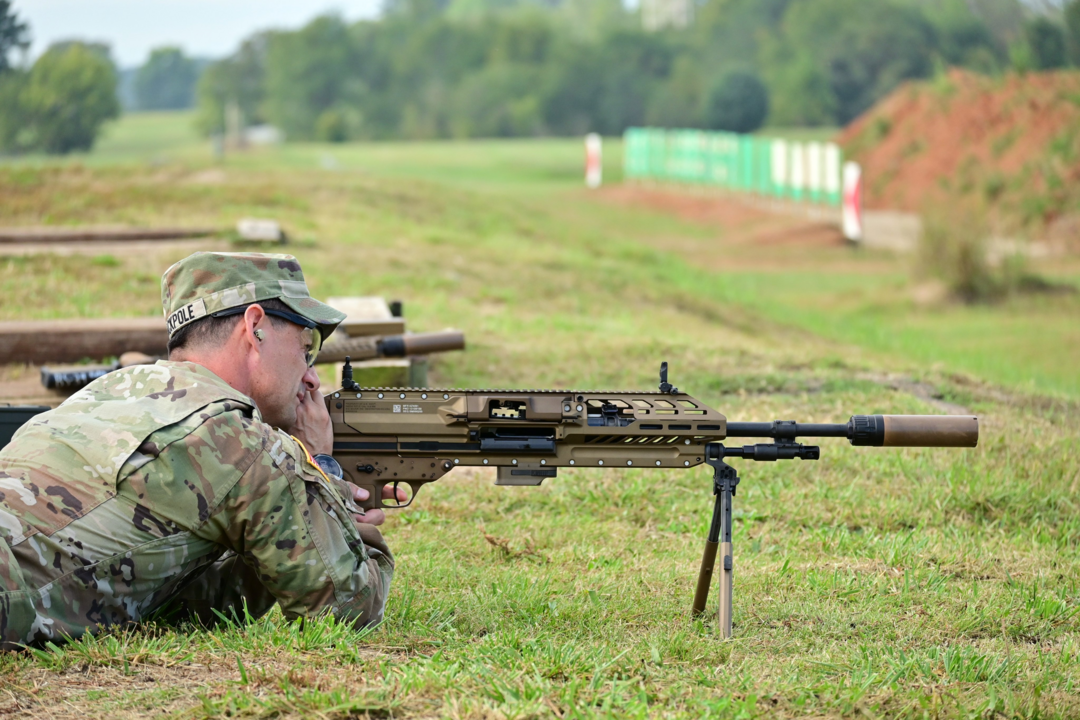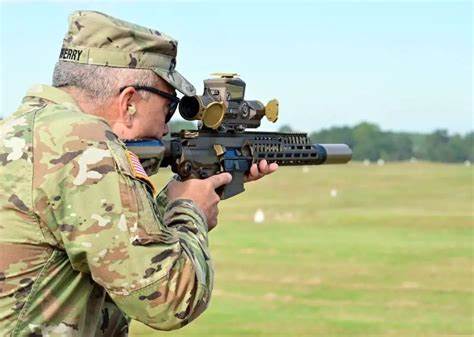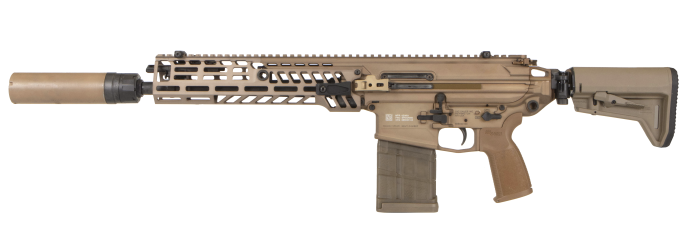
The U.S. Army stands on the brink of a significant transformation in infantry firepower, transitioning from the traditional 5.56mm round to the powerful 6.8mm cartridge, marked by the adoption of the XM7 rifle and the XM250 automatic rifle.

After exhaustive testing, it was apparent that the current 5.56mm bullet used in the M4 carbine and M16 rifle fell short against advanced enemy body armor and was outperformed in range by contemporary adversary small arms.

Lt. Gen. Mick Bednarek, now retired, underscored this concern, testifying before a Senate Armed Services Committee hearing, “our capability to eliminate that threat at medium or long range is almost gone, so we must have small arms systems that can stop and can penetrate that increased enemy protection.”

Similarly, Maj. Gen. Robert Scales, who passed earlier in the year, highlighted that “I think the Army universally realizes that the 5.56 bullet can’t defeat Russian body armor, and it’s easily out-ranged by the latest Russian small arms. Senior leaders now in both ground services are calling for this middle-caliber bullet.”

This transition was further justified by the experience of soldiers in combat zones like Afghanistan, where the 5.56mm rounds were at times ineffective against vehicle windshields—a potential risk if a vehicle posed a threat. The lethality of this round has never been in question; however, its range and ability to penetrate newer forms of protection posed challenges.

The new 6.8mm round is tailored to bridge the lethality gap, promising superior performance against body armor and at greater distances. Amael Kotlarski, a weapons team manager at Janes, emphasized that a larger caliber projectile tends to perform better at longer ranges and delivers a more forceful impact. “The round is light, it has quite high velocity, but it doesn’t perform as well at longer ranges,” he tells Popular Mechanics. He says its “sweet spot” is between 300 and 400 meters (about 984–1,312 feet).

Aside from lethality, the new ammunition also boasts better penetration through barriers, as demonstrated at a live fire event. “That’s turning cover into concealment,” remarked Lt. Col. Micah Rue, referring to the new round’s ability to breach cinder blocks that would have stopped 5.56mm rounds.

The imminent fielding of the XM7 and XM250 to the 101st Airborne Division at Fort Campbell, Kentucky, marks a momentous step. The weapons, alongside the XM157 advanced optic, aim to enhance the precision and lethality of soldiers, setting a new standard for small arms within close combat units.

Meanwhile, the robust 10-year contract for the Sig Sauer-manufactured weapons and the Vortex Optics/Sheltered Wings XM157 fire control underscores the Army’s commitment to this modernization effort.

Mark Cancian, a senior adviser and former Marine colonel, encapsulated the perennial debate over caliber size, suggesting that the 6.8mm might be the optimal compromise between the smaller 5.56mm and the larger 7.62mm rounds.
Related image you might interested



Relevant articles:
– Will the Army’s New Rifle Be Able to Take on Modern Body Armor?, Popular Mechanics
– What Kind of Ammunition Can or Can’t Penetrate Body Armor?, bulletproofzone.com
– Army to field new rifle, machine gun and optic in 2024, Army Times
– The Army’s Powerful New 7.62mm Service Rifle Is Officially Dead – DSIAC, Defense Systems Information Analysis Center (DSIAC)

